My extensive list of skills
Interview with Rohan Mishra, UX Coach and Product Design Educator
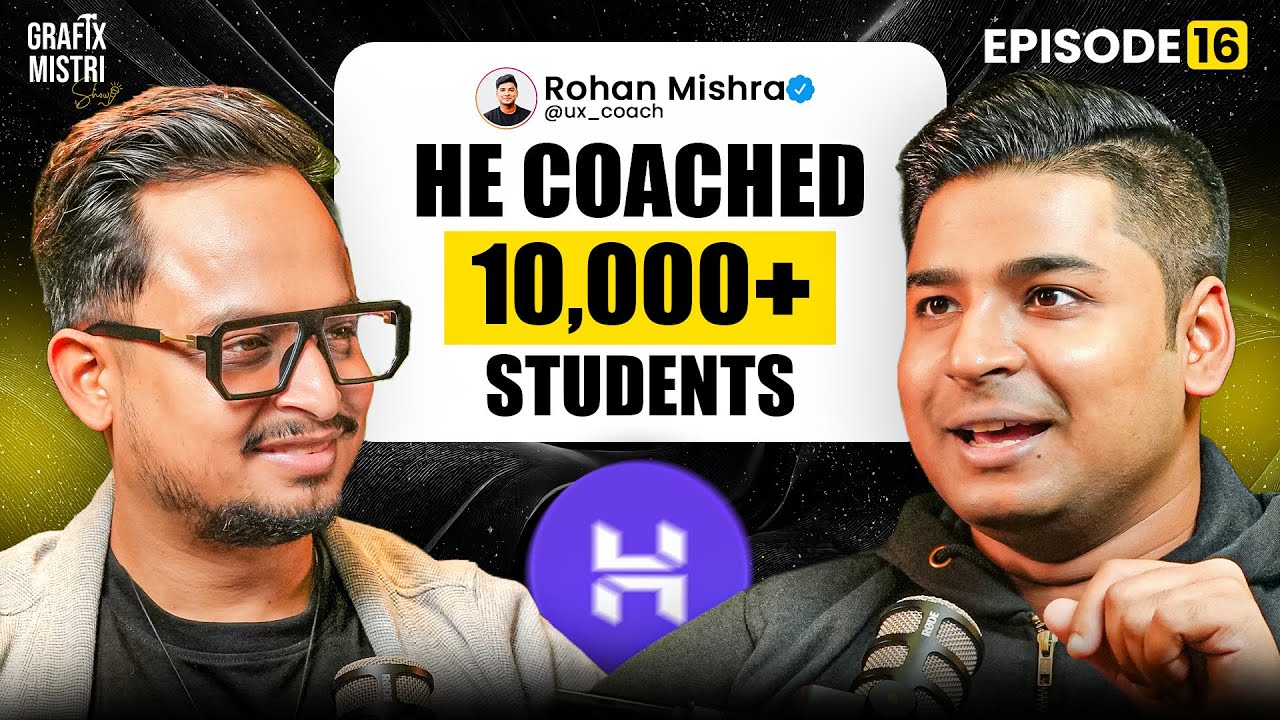
Table of Contents
Introduction
This interview features Rohan Mishra — a practitioner, educator and founder who has trained over ten thousand students in UX, built product design teams at startups, and worked on projects with high-profile companies. In this long-form interview, Rohan Mishra explains how he transitioned from engineering and web development to UX, why companies pay top dollar for user experience, how beginners should build a portfolio and break into high-paying roles, and what it really takes to move into the top 1% of designers.
The insights here are drawn from a deep conversation recorded on Grafix Mistri Show (Episode 16) and have been organized into a clear Q&A format so you can jump to the parts most relevant to your career. This article also includes step-by-step techniques, outreach templates, hiring and business advice, and a complete walkthrough of how to create your first UX case study for a portfolio — without waiting for a client.
About Rohan Mishra
Rohan Mishra is a UX designer turned coach who runs an education-business that blends courses, cohort-based training, and client work. He has led design teams, worked at Zomato and Urban Company, launched Product Design Launchpad cohorts, and later built Mastry — a learning ecosystem that emphasizes practitioner-led learning, modern curriculum, and community support. In his own words, Rohan Mishra follows three strong passions: design, teaching, and entrepreneurship.

Interview
Q: Rohan, tell us briefly — how did you get into UX and what led you to become a coach?
A: I started with engineering because that’s the default for many students. I built websites for local institutions and helped with portals when I was at college. That exposed me to problems that weren’t just about coding — usability problems. I learned web development first, then got pushed toward design because we needed usable interfaces, not just working code. Over time I realized teaching amplified my own understanding. I co-founded a campus community, taught juniors, ran cohorts called Product Design Launchpad, and noticed a big gap: designers needed structured coaching to learn applied UX.
That’s when I formalized an approach to train cohorts, build real projects, and then scale it into recorded courses and a platform called Mastry. In short, product work led to teaching; teaching revealed a market need; the market need turned into coaching and courses.
Q: What do you see as the biggest misconceptions people have about UX today?
A: There are two major misconceptions that worry me.
Additionally, the “dribbblization” of design—prioritizing aesthetics for the portfolio over real-world usability—has lured many into shallow practice. As a result, people craft attractive UIs but miss accessibility, context, and practical constraints.
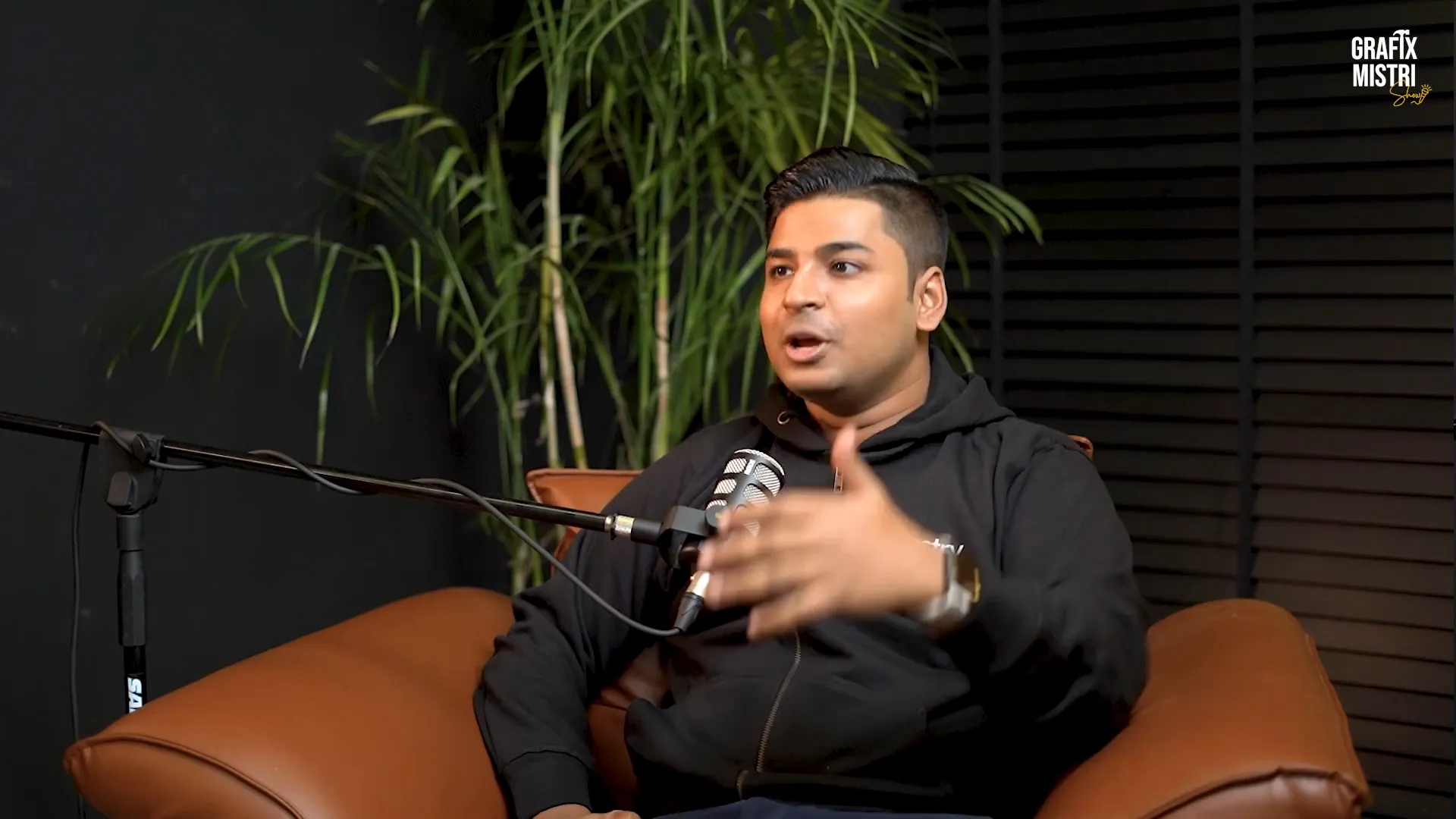
Q: How do you define UX in one simple sentence?
A: User Experience (UX) design is designing the experience a person has while using a product — in any form — to help them achieve a task. The simplest way to say it: UX is designing how easy, pleasant, and effective it is for people to achieve their goals with your product.
Q: What kinds of products does UX design cover?
A: While the conversation often focuses on digital products, UX applies wherever a person interacts with a product to achieve something. In digital terms, that’s apps, websites, dashboards, kiosks, voice interfaces, and any interactive system. On a broader level, UX touches customer experience (CX) and offline touchpoints: support, packaging, delivery, and post-sale experience. A UX professional who understands this umbrella view creates better long-term value.
Q: Why do companies pay so much for UX talent?
A: There are three core reasons:
When companies understand these outcomes, they invest to capture long-term ROI. UX becomes a measurable leverage point for business KPIs like conversion, retention, NPS, and customer satisfaction.
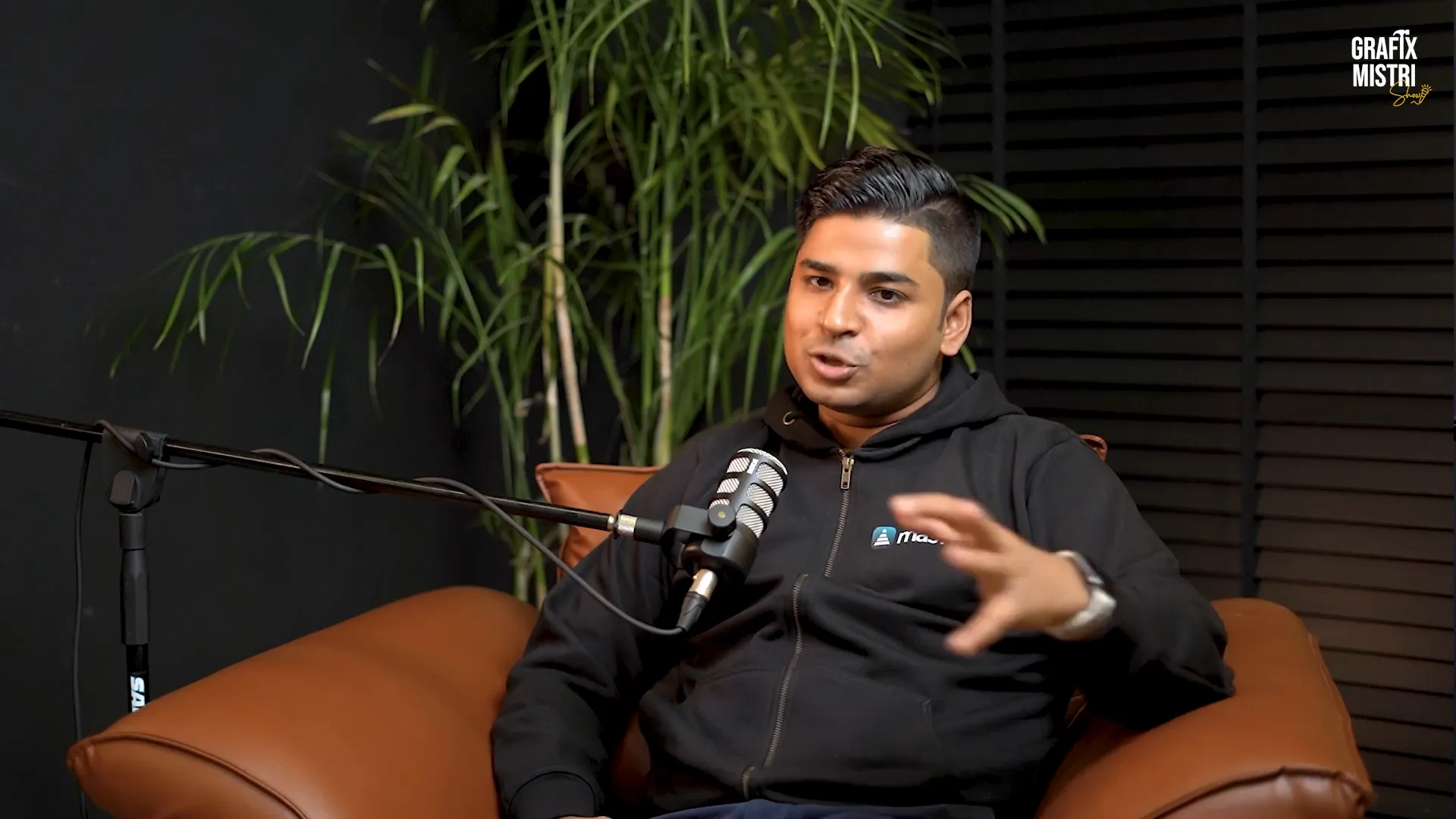
Q: You’ve worked with Zomato and other startups. How did large consumer products like Zomato or Uber simplify complex journeys?
A: The magic is in reducing cognitive load at every touchpoint. Take Zomato: historically, ordering food involved calling a restaurant, checking availability, dealing with cash, and calling to follow up. Zomato and Swiggy abstracted and simplified that flow: show availability, ratings, pricing breakdowns, estimated delivery time, and live tracking. That’s UX design — enabling decisions with clear information at the right moment.
Uber, similarly, simplified a complex interaction by using real-time geolocation, transparent ETA, and price estimates. They removed the guessing from a once chaotic experience. When product teams build systems that anticipate user needs and the environment (e.g., riders on a bike need sliders to avoid accidental taps), the experience becomes frictionless and valuable.
Q: If someone aspires to be in the top 5% or top 1% of UX designers, what should they focus on?
A: The path to the top follows a few consistent themes:
Follow these disciplines consistently and you move toward the top percentiles. For Rohan Mishra, being in the top is about combining psychology, research, systems thinking, communication, and relentless practice.
Q: For a beginner who wants to get hired, what should their first steps be?
A: Prioritize a portfolio. The portfolio shows proof of work — not degrees or certifications. To break it down:
Remember: companies look for attitude and a proof of work. Your portfolio and case studies are the gatekeepers for interviews.
Q: You mentioned a concept case study for people without real clients. Can you walk us through that step-by-step?
A: Absolutely. A concept case study follows the same human-centered process you’d use for a paid product. The steps are:
This structure demonstrates your thinking and process to recruiters and hiring managers — and that’s more persuasive than visuals alone.
Q: What kind of research questions should a beginner ask during discovery interviews?
A: Avoid leading questions and yes/no queries. Ask open-ended, story-based questions that elicit behavior and context. Examples:
These questions help you understand motivation, friction points, and real behavior rather than hypothetical preferences.
Q: How should juniors prepare for design interviews?
A: Focus on three things in your application process:
Rohan Mishra stresses that attitude matters more than experience and experience matters more than education. When you apply, your portfolio is the first filter. If you clear that, assignments and interviews test your depth and collaborative instincts.
Q: You’ve mentioned the five-to-nine approach and "one point five X." Can you explain that for people thinking of leaving a job to start a business?
A: This is practical advice for founders and freelancers. Rohan’s recommendation:
This approach lowers the risk of entrepreneurial decisions and aligns small business growth with personal financial resilience.
Q: How did Rohan build clients and scale his team from scratch?
A: Two practical tactics Rohan shares:
Rohan also transitioned from fixed-cost projects to recurring engagements to stabilize cash flow, and used networking and referrals to accelerate client acquisition. The combination of a targeted pipeline and consistent delivery helps scale a team.
Q: What is Rohan’s advice on pricing and contracts for agencies or independent designers?
A: Rohan recommends focusing on value rather than hourly rates. When possible:
A clear value proposition and documented case studies help justify higher fees. When you can articulate how design affects customer LTV, retention, or conversion, you can command better commercial terms.
Q: What does Rohan’s hiring process look like?
A: Rohan describes a unique screening sequence that values attitude and cultural fit:
This method reduces ghosting, sets clear expectations and finds people who fit the team’s rhythm and reliability.
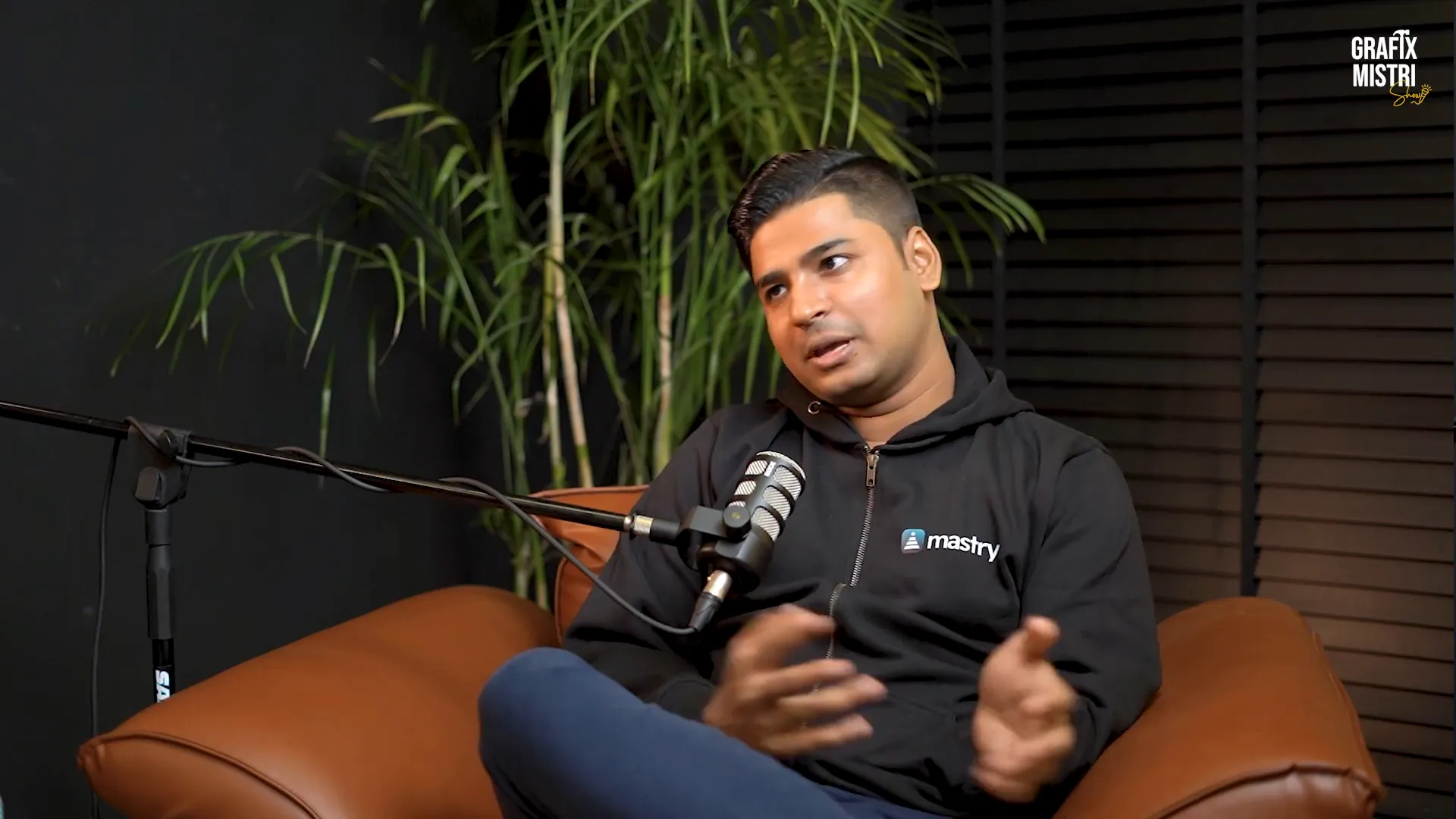
Q: How does Rohan think about content and personal brand building?
A: Rohan believes content is a long-term play. He highlights a few realities:
For his team, the content focus will increase in the coming year to amplify reach and systematize teaching in recorded and cohort formats.
Q: What is the Mastry ecosystem and how is it different?
A: Mastry is Rohan’s learning ecosystem built around three gaps he observed:
The model includes recorded courses, cohorts, mentorship, and a community that supports projects and placements. Mastry scaled quickly through a combination of targeted cohorts and recorded Figma courses that were priced accessibly for learners.
Q: How should designers prepare for AI as a tool in the workflow?
A: Rohan’s view on AI is pragmatic:
Designers who invest in human-centered skills will survive and thrive even as AI handles more of the visual grunt work.
Q: What examples of impact does Rohan use to explain a great UX?
A: He cites simple, memorable experiences:
These real-world examples highlight the practical value of UX work to user satisfaction and business outcomes.
Q: For those building portfolios, what specifics must appear on a portfolio site?
A: A portfolio should include:
Rohan suggests starting with Figma and an affordable hosting option. Even a simple site with a couple of well-documented case studies will outperform a collection of images without context.
Q: What’s the difference between UI and UX, in the simplest terms?
A: UI is the interface: the visual and interactive layer you see and click. UX is the experience: how it feels to use, how effective and efficient it is for the user to complete what they want. UI and UX are inseparable; good UI supports the UX, and a good UX necessarily has an interface (which might be visual, voice-based, or otherwise).
Q: What final career advice does Rohan give to early-career designers?
A: Rohan’s closing guidance:
Follow these practices, keep iterating, and combine craft with curiosity — that’s the path to long-term career success.
FAQ — Frequently Asked Questions
Q: Who is Rohan Mishra and why should I follow his advice?
A: Rohan Mishra is a UX coach, former product designer, cohort instructor, and founder of the Mastry education ecosystem. He has trained more than ten thousand learners, worked with startups including Zomato, and built a repeatable system for teaching UX practice. His advice is grounded in practitioner experience, hiring patterns, and product impact metrics.
Q: How long does it take to learn core UX skills?
A: You can build a solid understanding of core UX principles (research methods, problem framing, ideation, wireframing, and basic prototyping) in about 4–5 weeks of focused study. Reaching a professional level requires months to years of practice, real projects, and iterative learning.
Q: Do I need a degree or certification to get a UX job?
A: No. Recruiters and companies care more about your portfolio — proof of work and process — than your degree. That said, some prestigious programs (NID, NIFT) offer high-quality training; but certificates alone won’t replace demonstrable problem-solving and case studies.
Q: Can I build a UX portfolio without client work?
A: Yes. Create concept case studies by identifying real problems users face, designing solutions, prototyping, and doing usability testing. Document the process end-to-end to show how you think and validate outcomes.
Q: How can I find my first paying client?
A: Identify companies already investing in digital channels (ads, blogs, product announcements). Do targeted outreach with an ROI-focused short email, show proof of work, and follow up persistently. Offer contingency or performance-based arrangements initially to reduce the buyer’s risk.
Q: What are the prerequisites before quitting my job to start a business?
A: Financially: have 6–9 months of living expenses, health insurance, and term insurance if you have dependents. Strategically: grow your side business to 1.5x your salary, and validate that you can consistently capture clients before quitting.
Q: How should I use AI as a UX professional?
A: Use AI to accelerate execution: pixel generation, iterations, and prototyping. But invest most of your time learning human skills — research, synthesis, stakeholder communication, and business metrics — because these remain fundamental differentiators.
Q: What metric should I use to demonstrate UX impact?
A: Choose metrics tied to business outcomes: conversion uplift, time-on-task reduction, reduction in support queries, Net Promoter Score (NPS), task success rate, or retention. Always connect design work to measurable business KPIs when presenting to stakeholders.
Practical Resources & Templates
Below are actionable resources and short templates based on Rohan’s recommendations:
Cold Outreach Template (Short, ROI-focused)
Use something like this for initial contact:
Hi [Name],
I know you're busy — I’ll keep this short. I looked at [company/product] and really liked [quick positive]. I noticed three things that could improve [metric or experience]. I helped [client example] increase [metric] by X% and would love to explore whether I can help you. Interested in a 15-minute call?
— [Your name]
Concept Case Study Structure (Checklist)
Interview Prep (Top Topics)
Closing Thoughts
Rohan Mishra’s message is practical, blunt, and human. He emphasizes that UX is not a quick-money scheme — it requires curiosity, discipline, and a mindset focused on helping people. He stresses the importance of learning by doing: build portfolios, talk to users, iterate based on testing, and communicate in business terms. Whether you aim to join a product team, start an agency, or teach others, the disciplines he outlines — research, craft, systems thinking, and business communication — are repeatable and scalable.
If you want to dive deeper into Rohan Mishra’s methods, watch the full Grafix Mistri Show episode for extended anecdotes, live Q&A, and the storytelling moments that shaped his career. And if you’re looking to build a portfolio website, consider setting up affordable hosting and a quick domain to get your first case studies online.
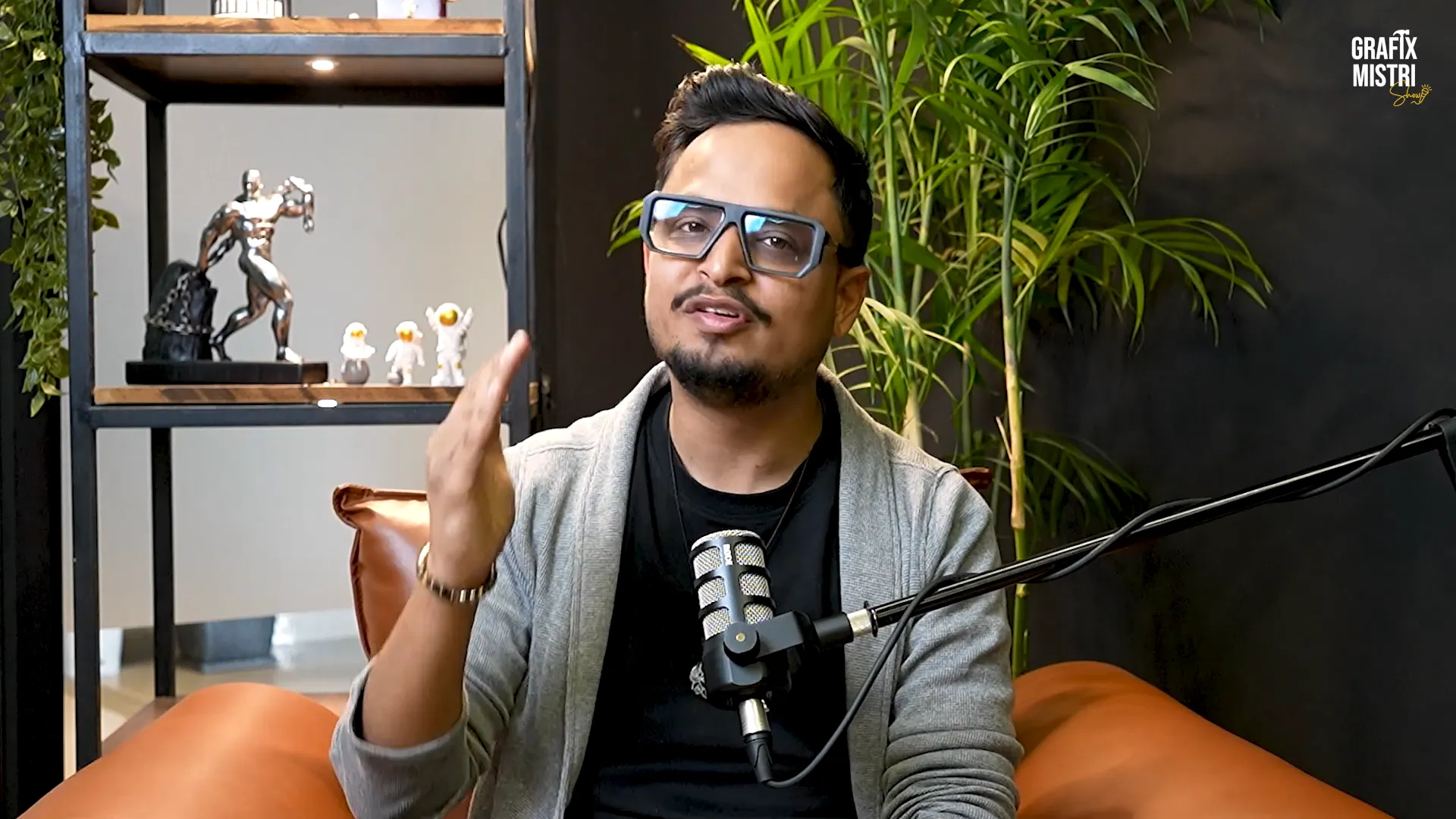
Thanks for reading this comprehensive interview. If you want to learn more, revisit the podcast, take notes on the case-study steps, and start building your first concept case study this week.
Additional resources & next steps
Use this quick checklist to get started building your UX portfolio, outreach system, and early client pipeline:
Copy-ready outreach template:
Hi [Name],
I know you're busy — I’ll keep this short. I looked at [company/product] and really liked [quick positive]. I noticed three things that could improve [metric or experience]. I helped [client example] increase [metric] by X% and would love to explore whether I can help you. Interested in a 15-minute call?
— [Your name]
Quick launch checklist: publish a clear home page, include 2 thorough case studies, add a professional contact email, and show at least one proof of impact or learning. Revisit your portfolio monthly and iterate based on feedback and job outreach results.
